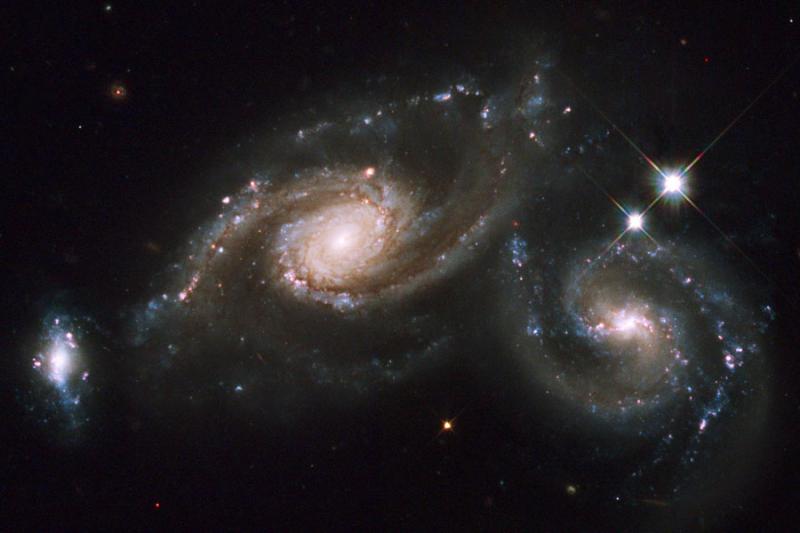
A great deal of attention has been paid to the workings of mind, that curiously self-conscious and often self-absorbed entity we take to be who we are in the world. The widely-held presumption is that mind is an emergent function of brain, and therefore, mind is located solely within the confines of our cranium. This view has fueled belief in what is termed the mind-body split, the idea that body functions merely as an instrument of mind.
Over the past few decades, this view has come into question and has been supplanted with a more integrated and nuanced picture, namely that the body is the mind. “Embodiment” is now the fashionable term used to describe the fullness of human consciousness, that body is no mere instrumentality of mind, but rather attendant to and from mind, essentially inseparable from it.
Observations of developing babies and toddlers reinforce the opinion that an experience of “being in the world” is essential to the formation of the workings of mind, and in this way – through the senses – mind is extended to encompass the entire world-at-large. The use of tools, for example, is an extension of sensory capability beyond those limited to the body itself. As such, all human artifacts are actually sensory extensions, and all sensory functions are an extension of mind.
Embodiment does not propose that our fingers are doing the talking, but muscle-memory can be seen as more than just the result of practiced habits of repetition. Once embodied, the use of a tool such as a keyboard becomes an extension of touch; the same is true of a hammer. What has become more evident to researchers, however, is that prior assumptions about brain-processing have to be revised. Once embodied, typing or using a hammer does not require mindfully employing complicated, conscious calculations of trajectory, force of action, or detailed directions. The body’s neural pathways, when well established, function in a seemingly autonomous fashion: embodied cognition.
Disciplines of mind and body reinforce rather than fragment the wholeness of embodied cognition. Athletes respond to the world successfully, as do musicians and carpenters, because the essential unity of mind-body is a developed-with-the-world capability. We are not merely in or of the world; we embody the world itself. Embodied cognition is an interactional outcome of the truth of essential unity: interconnectedness.
To be sure, there are forces beyond the limits of mind. The earth itself is a living system: a self-regulating, self-organizing entity which dispassionately employs what one might call the Sacred Geometries of Universe. These universal geometries extend, fractal-like, to encompass all forms and potential forms, including human beings. Seen this way, humankind and its consciousness are the embodiment of the “mind” of Universe: universal mind in physical form. Accordingly, we are perfectly suited to where and when we are, though we often are grievously confused about it.
Universe makes no mistakes; nothing is superfluous, nothing discarded. It is in this way perfect and complete at every moment. By extension, we too are complete, but our self-conceptions are far from perfect. Having created our human world of embodied cognition – and by varying degrees confused, afraid, and superstitious – we now confront the challenging interplay between the particular human-centric world we have created and the relentless workings of the Sacred Geometries of Universe.